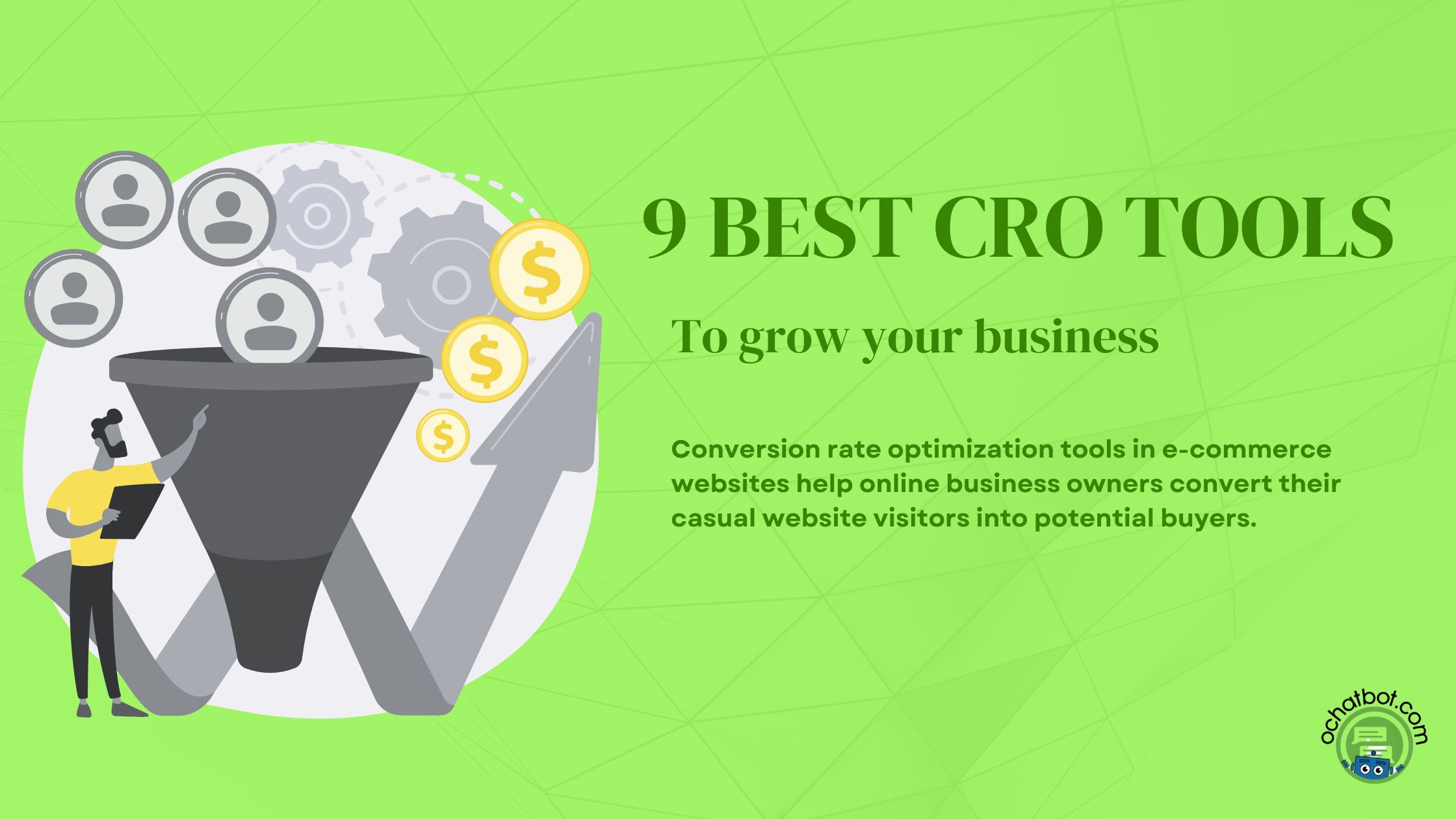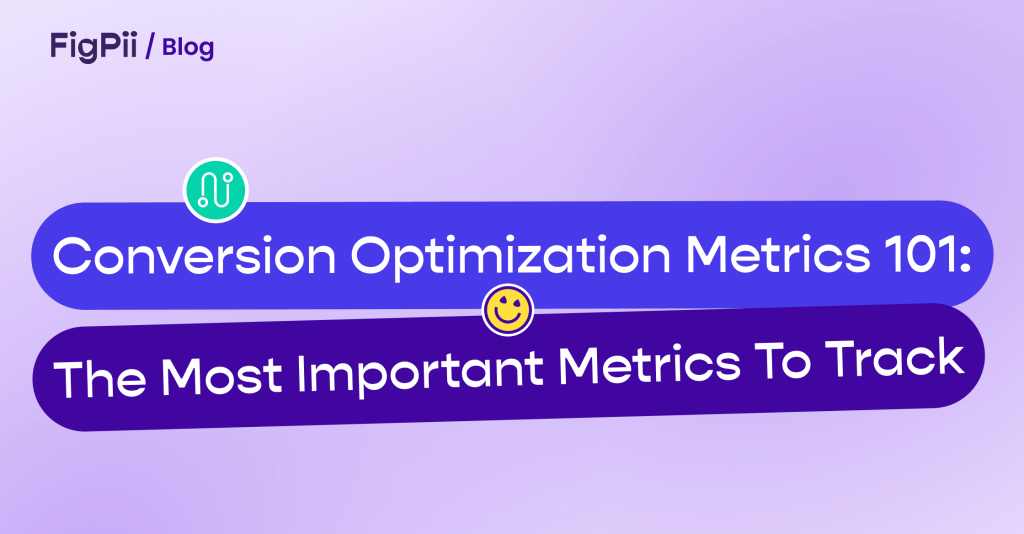Introduction
Conversion Rate Optimization (CRO) is a crucial aspect of running a successful e-commerce platform. It involves implementing strategies and techniques to improve the percentage of website visitors who take a desired action, such as making a purchase or signing up for a newsletter. In this blog post, we will explore some of the best practices for CRO specifically tailored for e-commerce platforms. By implementing these practices, you can enhance your website’s performance, increase conversions, and ultimately boost your online sales.
1. Clear and Compelling Call-to-Action (CTA)
A well-designed CTA is crucial for driving conversions on e-commerce platforms. Make sure your CTA stands out and clearly communicates the desired action. Use action-oriented language and place the CTA strategically on your website to maximize visibility.
2. Streamlined Checkout Process
Optimize your checkout process to minimize friction and increase conversions. Simplify the steps, reduce form fields, and offer guest checkout options. Implement progress indicators to keep users informed about their progress and provide a seamless experience.
3. Mobile-Friendly Design
With the increasing use of mobile devices for online shopping, it’s essential to have a responsive and mobile-friendly design. Ensure your website is optimized for mobile devices, providing a smooth browsing and purchasing experience for mobile users.
4. High-Quality Product Images
Visual appeal plays a significant role in influencing purchase decisions. Use high-resolution product images that showcase your products from different angles. Enable zoom functionality and provide multiple images to give customers a clear understanding of what they are buying.
5. Persuasive Product Descriptions
Compelling product descriptions can significantly impact conversions. Use persuasive language, highlight key features and benefits, and address potential customer concerns. Incorporate relevant keywords naturally to improve search engine visibility.
6. Social Proof and Reviews
Include customer reviews, ratings, and testimonials to build trust and credibility. Display social proof prominently on your product pages to reassure potential buyers. Encourage satisfied customers to leave reviews and ratings to enhance your brand’s reputation.
7. Personalized Recommendations
Implement personalized recommendation algorithms to suggest relevant products based on user behavior and preferences. This can help increase cross-selling and upselling opportunities, enhancing the overall shopping experience.
8. Clear and Transparent Pricing
Avoid hidden costs and surprises during the checkout process. Clearly display product prices, shipping fees, and any additional charges. Provide detailed information about discounts, promotions, and return policies to build trust with your customers.
Summary
Conversion Rate Optimization (CRO) is essential for e-commerce platforms to maximize their online sales. By following best practices, you can improve the percentage of visitors who convert into customers. This blog post will cover various CRO strategies and techniques specifically designed for e-commerce platforms. By implementing these practices, you can enhance your website’s performance, increase conversions, and ultimately drive more revenue. Stay tuned to learn about the best practices for CRO in e-commerce!
best site “https://static.wingify.com/gcp/uploads/sites/3/2021/01/Feature-image_Insights-From-eCommerce-CRO-Apex-Predators_-Booking.com-Copy.png” alt=”Image” />
- Q: What is CRO?
- A: CRO stands for Conversion Rate Optimization, which is the process of increasing the percentage of website visitors who take a desired action, such as making a purchase or filling out a form.
- Q: Why is CRO important for e-commerce platforms?
- A: CRO is important for e-commerce platforms because it helps improve the overall performance and profitability of the online store by increasing the conversion rate and maximizing the value of each visitor.
- Q: What are some CRO best practices for e-commerce platforms?
- A: Some CRO best practices for e-commerce platforms include optimizing product pages, simplifying the checkout process, implementing clear and persuasive call-to-action buttons, using high-quality product images, providing detailed product descriptions, offering customer reviews and ratings, and ensuring a mobile-friendly website design.
- Q: How can I optimize product pages for better conversions?
- A: To optimize product pages, you can use high-quality product images, provide detailed and accurate product descriptions, highlight key features and benefits, display customer reviews and ratings, showcase related products, offer clear pricing and shipping information, and include persuasive call-to-action buttons.
- Q: What are some tips for simplifying the checkout process?
- A: To simplify the checkout process, you can minimize the number of steps required, offer guest checkout options, provide progress indicators, pre-fill form fields when possible, offer multiple payment options, ensure a secure and trustworthy payment gateway, and send clear and concise order confirmation emails.
- Q: How can I improve the mobile-friendliness of my e-commerce platform?
- A: To improve the mobile-friendliness of your e-commerce platform, you can use responsive web design to ensure your website adapts to different screen sizes, optimize page loading speed, simplify navigation and menu options, use large and easily clickable buttons, and test your website on various mobile devices and browsers.


